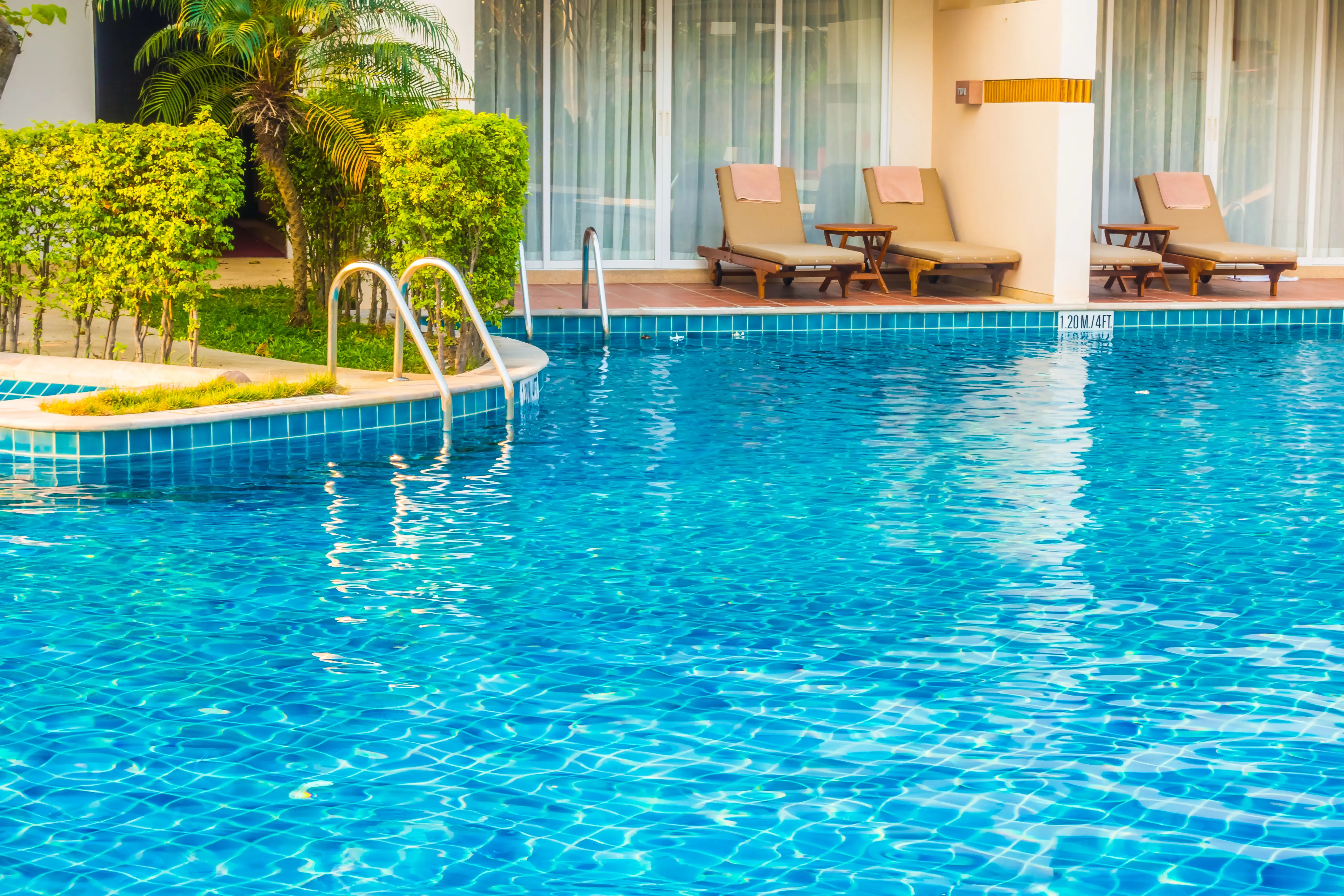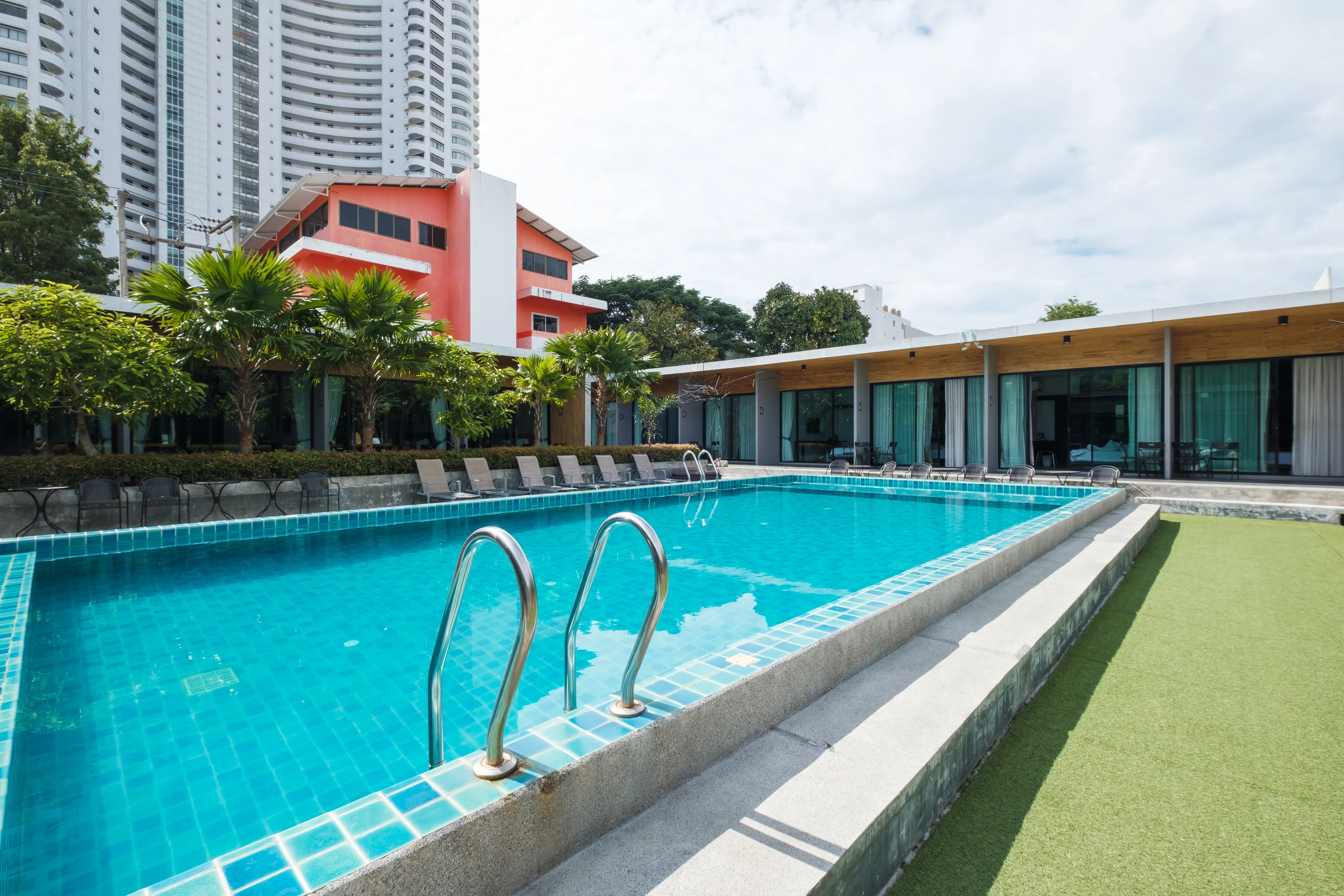Building a swimming pool is an exciting investment that adds value, luxury, and functionality to a home. Whether for leisure, fitness, or increasing property appeal, a pool can transform an outdoor space into a personal retreat. However, constructing a pool requires careful planning and assessment to ensure that the project runs smoothly without unexpected obstacles. Homeowners need to evaluate property conditions, zoning laws, budget constraints, and maintenance requirements before making a decision.
This guide explores everything you should consider before building a swimming pool in Australia. From property layout and council regulations to construction accessibility and sustainability, each factor plays a crucial role in ensuring a hassle-free installation.
Evaluating the Available Space and Property Layout

The first step in planning a swimming pool is assessing the available space in your backyard. The size and layout of your property dictate the shape and placement of the pool, while also ensuring adequate space for poolside features such as fencing, decking, and landscaping. Measuring the backyard and determining the best location for the pool will help avoid design and functionality issues later in the process.
If your property has limited space, selecting a compact pool design, such as a plunge pool, may be the best option. For larger yards, there is flexibility in choosing freeform pools, lap pools, or infinity pools. The overall goal should be to integrate the pool seamlessly into the landscape while maintaining a balance between usable space and aesthetics. Additionally, setback regulations need to be considered, as pools must be positioned a certain distance from boundary lines, structures, and underground utilities.
Understanding Local Council Regulations and Approval Processes
Before construction begins, homeowners must check local council regulations to ensure compliance with state and municipal laws. Each region in Australia has specific zoning laws that outline requirements for pool construction, including size restrictions, placement rules, and safety compliance. Obtaining the necessary permits in advance will prevent costly delays or legal complications.
One of the most important regulations to follow is pool fencing compliance. Australian law mandates that all swimming pools must have a compliant safety barrier with self-closing, self-latching gates. These regulations help prevent accidents, especially in households with young children. Additionally, homeowners should check for any easements on their property, as building over utility lines or council-designated areas may be prohibited.
Assessing Sunlight, Wind, and Weather Conditions
The orientation of the pool has a significant impact on water temperature, comfort, and maintenance. A pool positioned in direct sunlight will naturally retain heat, reducing heating costs and enhancing the swimming experience. Shaded pools, on the other hand, may require additional heating solutions, increasing energy consumption. Considering sunlight exposure is crucial, as well-placed pools can extend the swimming season without excessive energy usage.
Wind exposure should also be evaluated. Pools located in open, windy areas are prone to excessive evaporation and heat loss, making it necessary to install windbreaks such as fences, hedges, or privacy screens. Strong winds can also cause debris, dust, and leaves to accumulate in the pool, increasing maintenance efforts. Assessing local weather patterns will help determine the best pool placement for optimal efficiency and enjoyment.
Ensuring Accessibility for Pool Construction and Maintenance
Proper site accessibility is essential for a smooth construction process. Pool installation requires excavation and the use of heavy machinery, which means the property must have clear access points for trucks and construction equipment. If the backyard is difficult to access, alternative installation methods, such as craning a prefabricated pool over the house, may be necessary, adding to overall project costs.
Long-term maintenance is another consideration when planning pool accessibility. Homeowners should ensure that there is ample space for essential pool equipment, including pumps, filters, and heating systems. Equipment should be positioned in a convenient location for servicing, while also being kept out of sight to maintain the aesthetics of the backyard. Proper pathways should be incorporated into the design to allow easy movement around the pool area.
Determining the Budget and Pool Type
Setting a budget before starting pool construction is crucial in avoiding unexpected expenses. Costs vary depending on pool size, design, and materials used. Additionally, expenses related to excavation, fencing, landscaping, and ongoing maintenance must be factored into the budget. Understanding all potential costs in advance will help homeowners make informed decisions about their pool investment.
Choosing the right pool type is an essential part of budget planning. Fibreglass pools are a popular choice for homeowners looking for a low-maintenance and cost-effective option. These pools are pre-manufactured, allowing for quicker installation with fewer long-term maintenance needs. Concrete pools, on the other hand, offer full customisation but require a longer construction time and regular upkeep. Vinyl liner pools are an affordable alternative, though they are less durable and may require liner replacements over time.
Planning Landscaping and Surrounding Features
A swimming pool should complement the overall landscape of the property while providing an inviting and functional outdoor space. Landscaping features such as decking, paving, and greenery enhance the visual appeal of the pool while improving safety and usability. Homeowners should carefully plan the surrounding area to ensure a cohesive design that integrates seamlessly with the pool.
Choosing the right pool decking is essential for safety and aesthetics. Non-slip surfaces such as natural stone, concrete, or composite decking provide durability while reducing the risk of slips and falls. Extending the deck to include lounging areas, seating arrangements, and outdoor dining spaces creates a more versatile and enjoyable poolside environment. Additionally, incorporating plants, trees, or privacy screens can enhance the outdoor ambiance while providing shade and seclusion.
Managing Drainage and Water Circulation
Proper drainage is essential for preventing water accumulation around the pool area, which can lead to erosion and structural damage. Homeowners should implement effective stormwater management solutions to direct excess water away from the pool. Installing a suitable drainage system will prevent flooding and ensure the longevity of the surrounding landscape.
Water circulation is equally important for maintaining water quality and hygiene. A well-functioning pool filtration system keeps the water clean and balanced, reducing the need for excessive chemicals. Choosing a high-efficiency pool pump and filtration system will ensure optimal water circulation while minimising energy consumption. Saltwater pools are an excellent option for homeowners seeking a low-maintenance alternative with gentler water treatment.
Incorporating Energy-Efficient and Sustainable Features
With rising energy costs and environmental concerns, sustainability should be a priority when planning a swimming pool. Homeowners can incorporate energy-efficient solutions to reduce long-term operating costs while minimising their environmental footprint. Solar pool heating is an excellent way to extend the swimming season while reducing reliance on electricity or gas-powered heating systems.
LED pool lighting is another energy-saving feature that enhances the pool’s aesthetics while reducing electricity consumption. LED lights are more durable and cost-effective than traditional halogen bulbs, making them a practical addition to any pool. Using a pool cover is another effective way to conserve energy by reducing evaporation, maintaining water temperature, and keeping the pool clean.
Hiring a Professional Pool Builder
Selecting the right pool builder is crucial to ensuring high-quality construction and a smooth installation process. Homeowners should research licensed and experienced pool builders who have a proven track record of successful projects. Reading customer reviews and requesting a portfolio of past work can help in assessing the builder’s reliability and craftsmanship.
A professional pool builder should provide a detailed contract outlining project timelines, costs, and warranties. Understanding warranty coverage is essential, as it ensures protection against defects in materials and workmanship. Transparency in pricing, clear communication, and compliance with safety regulations are key factors to consider when choosing a builder for the project.
Conclusion
Assessing your home before building a pool ensures a smooth construction process and a pool that enhances both your property and lifestyle. By considering factors such as space availability, regulations, budget, and sustainability, homeowners can make well-informed decisions that lead to long-term enjoyment. Consulting a professional pool builder will help streamline the process and ensure a high-quality, regulation-compliant installation.
Frequently Asked Questions (FAQS)
How much backyard space is required to build a swimming pool?
space depends on the pool’s size, shape, and additional features such as decking and landscaping. Most standard in-ground pools need at least 5-6 metres of width, plus additional space for fencing and pathways.
What is the best low-maintenance pool option?
Fibreglass pools are the easiest to maintain due to their smooth, non-porous surface, which resists algae and bacteria buildup. They require fewer chemicals and less frequent cleaning compared to concrete pools.
Do I need council approval before building a pool?
Yes, council approval is required for all pool constructions in Australia. Permits must be obtained to ensure compliance with safety regulations, zoning laws, and building codes.
What are the most effective ways to reduce pool heating costs?
Using solar heating, a pool cover, and LED lighting can significantly reduce energy consumption and lower heating costs. Choosing an energy-efficient pump and filtration system also helps in minimising expenses.
How can I ensure my pool meets safety standards?
All pools must have a compliant safety fence with self-closing gates and no climbable objects nearby. Regular inspections and adherence to local regulations are essential to ensure compliance.




